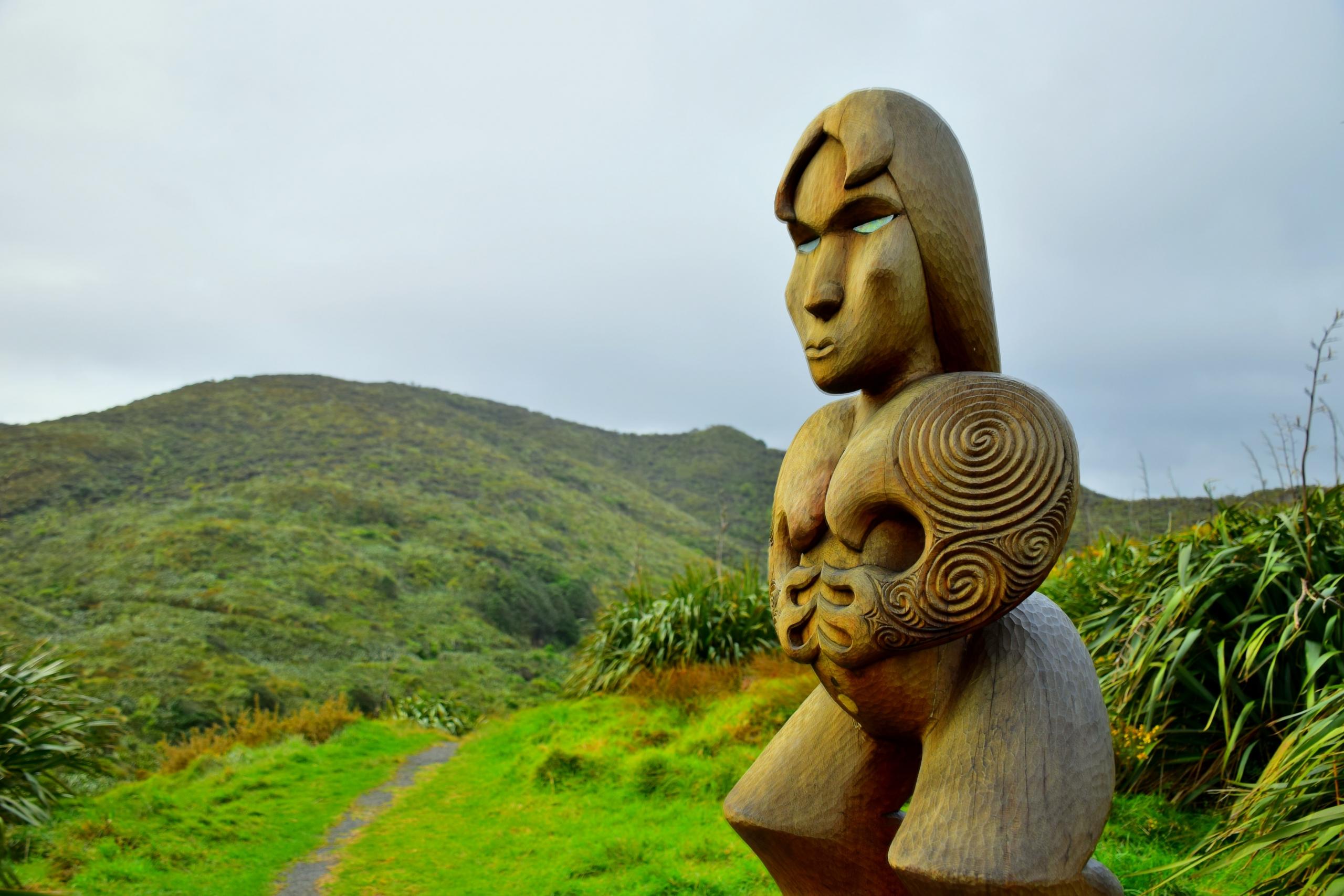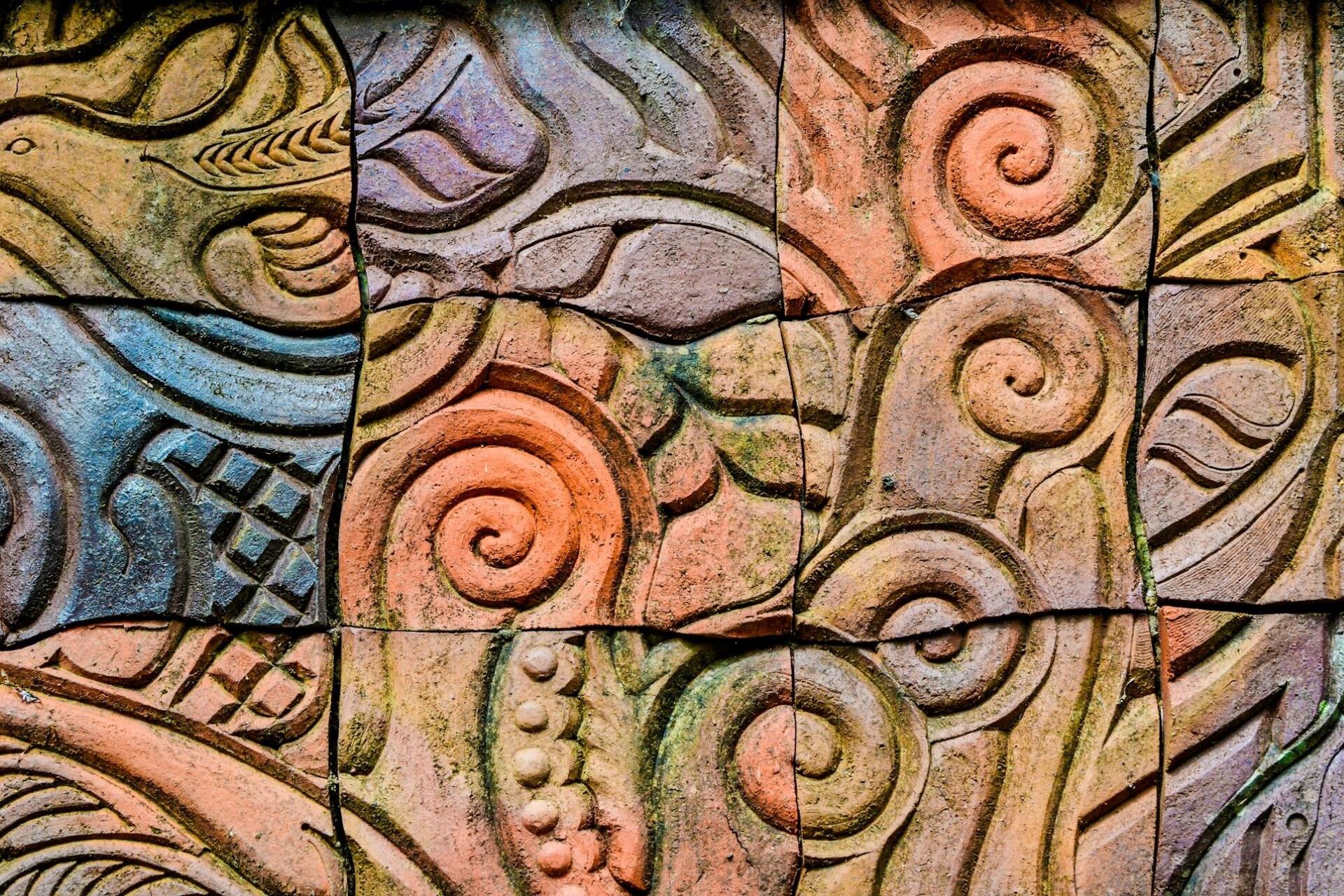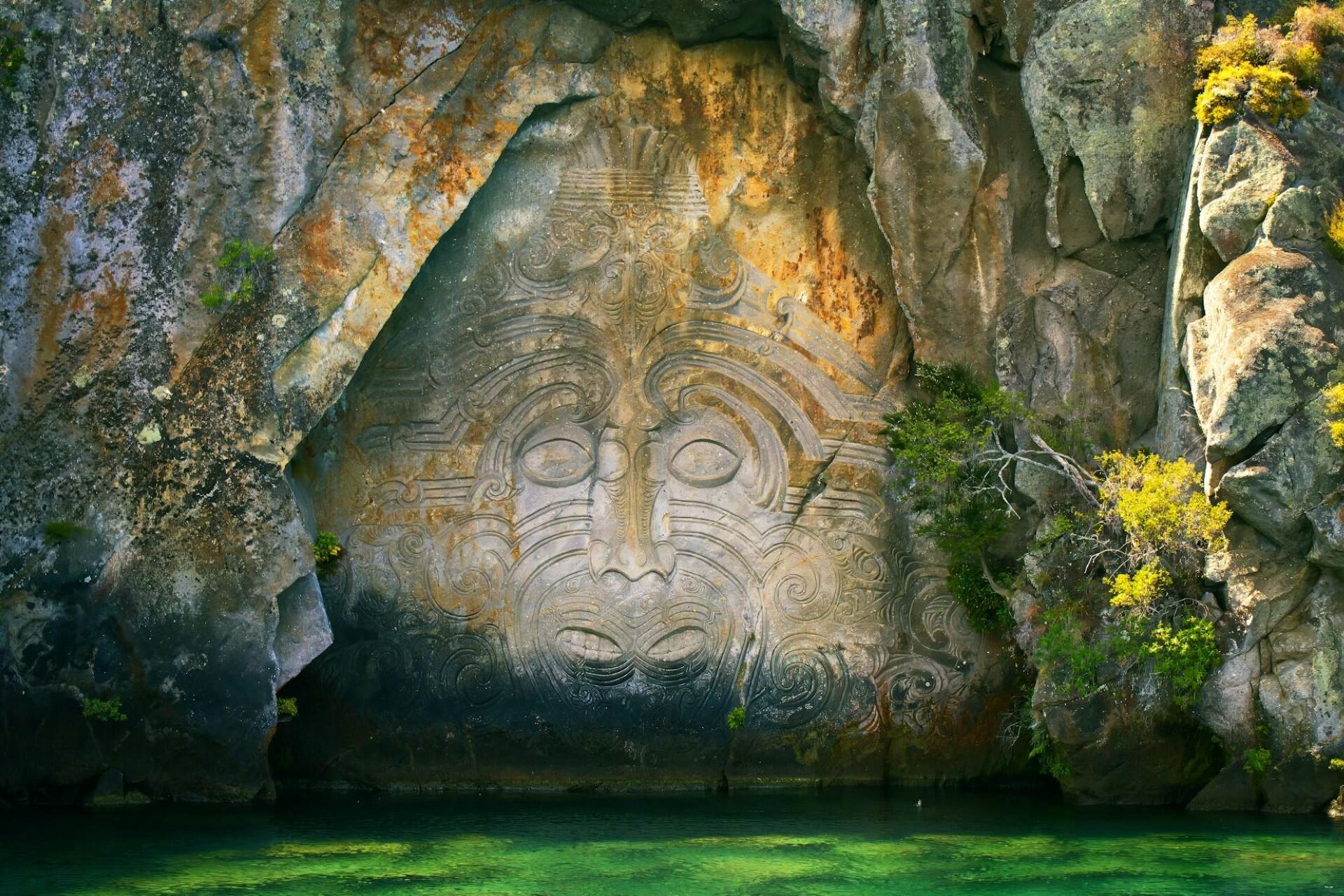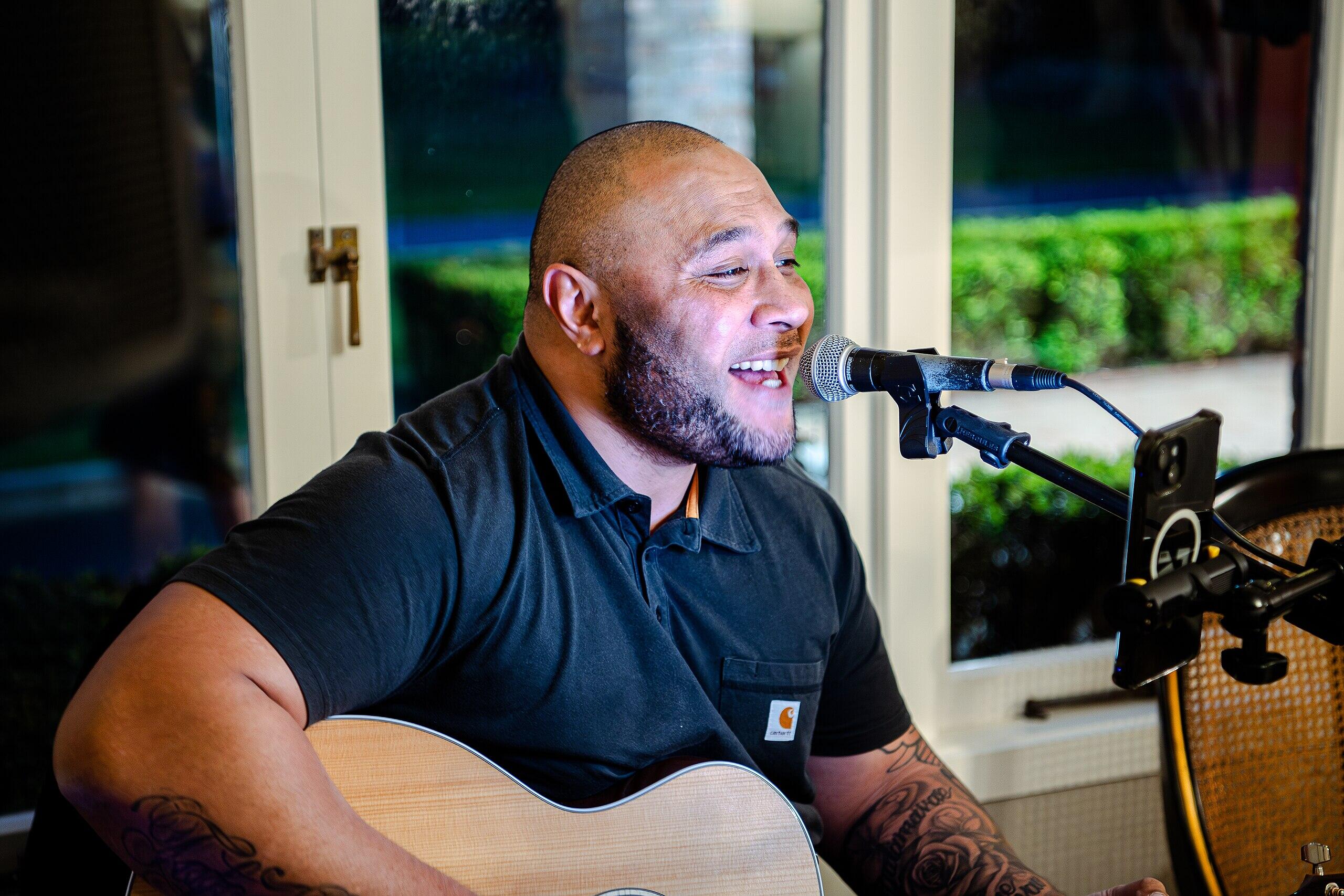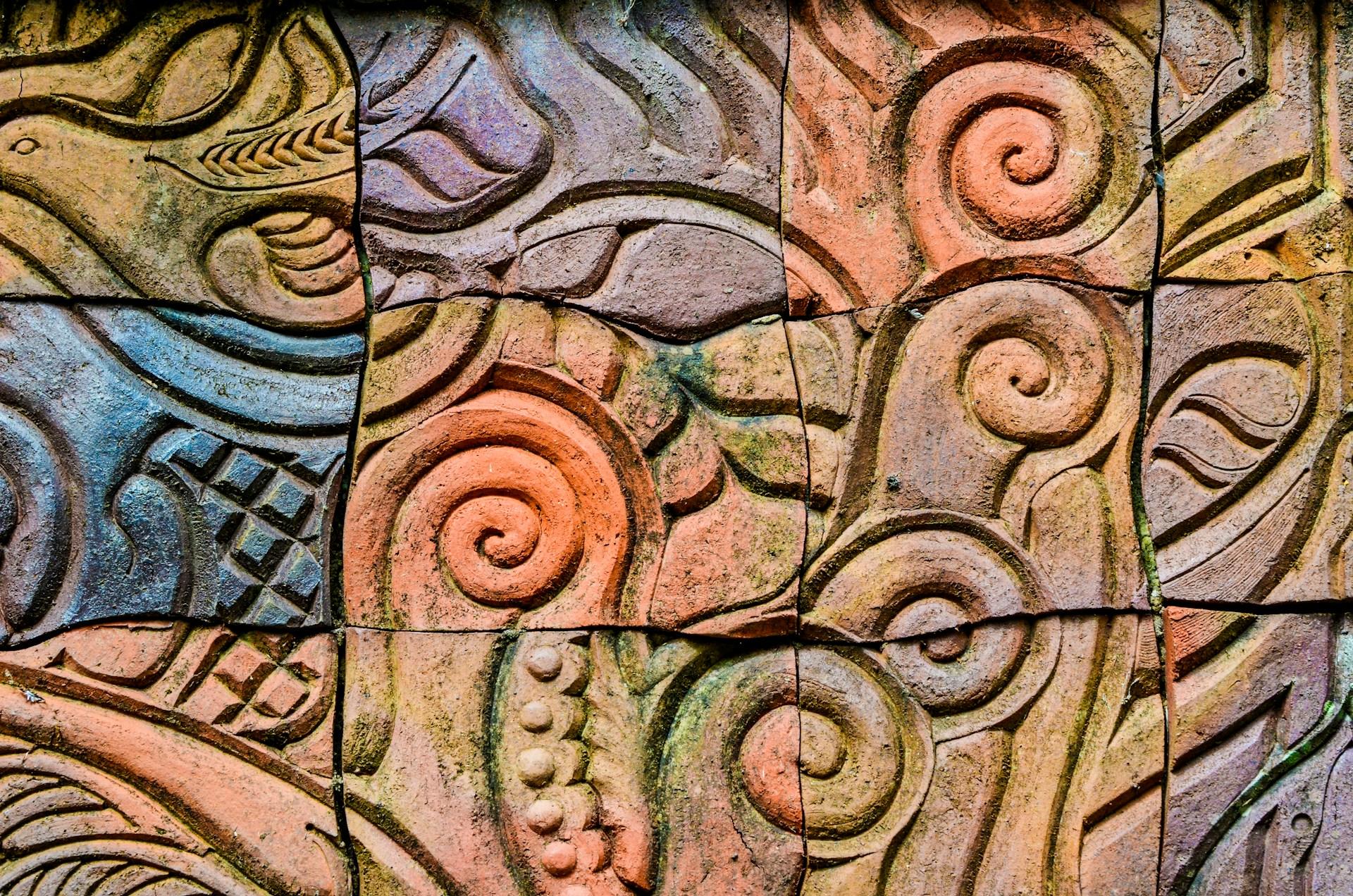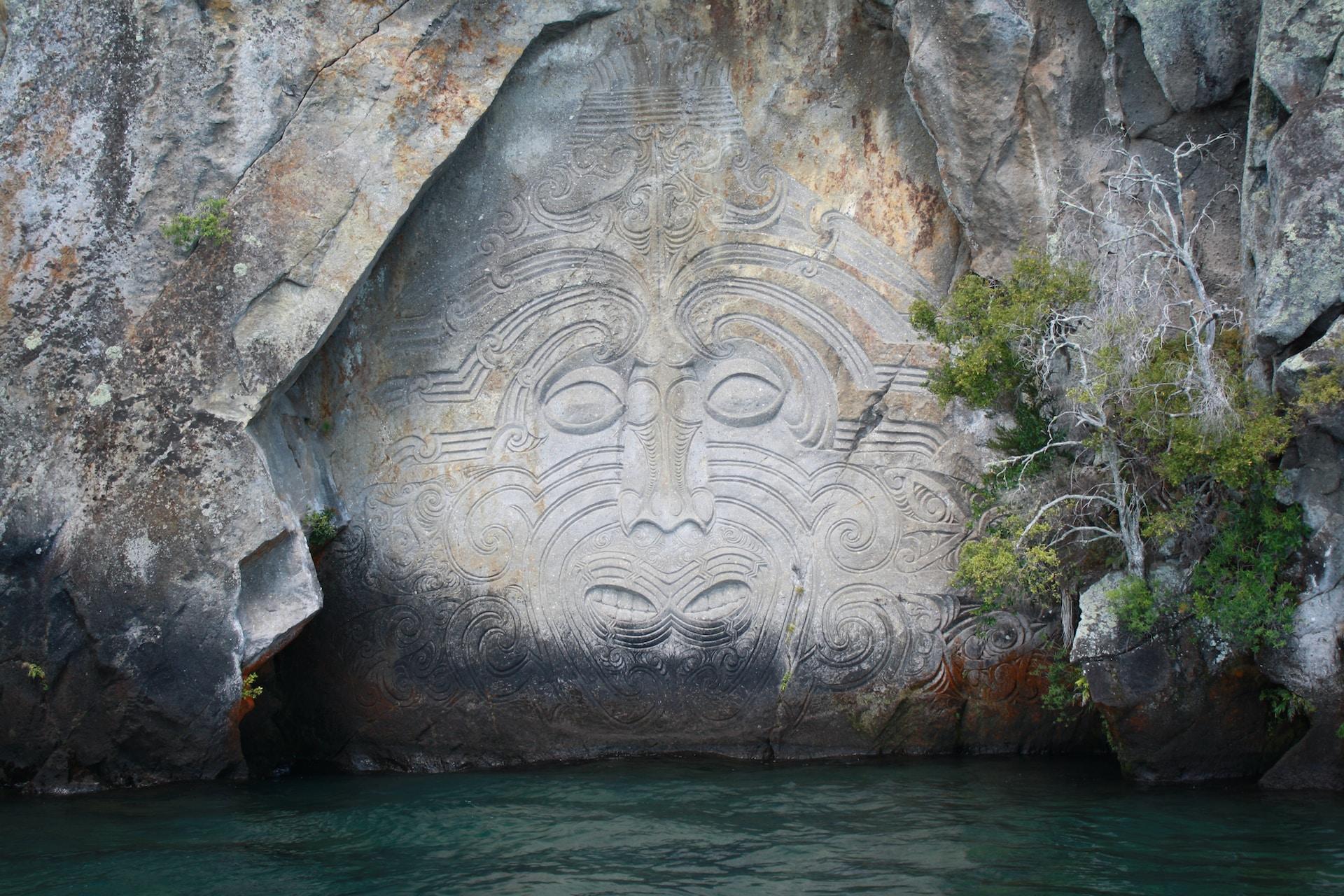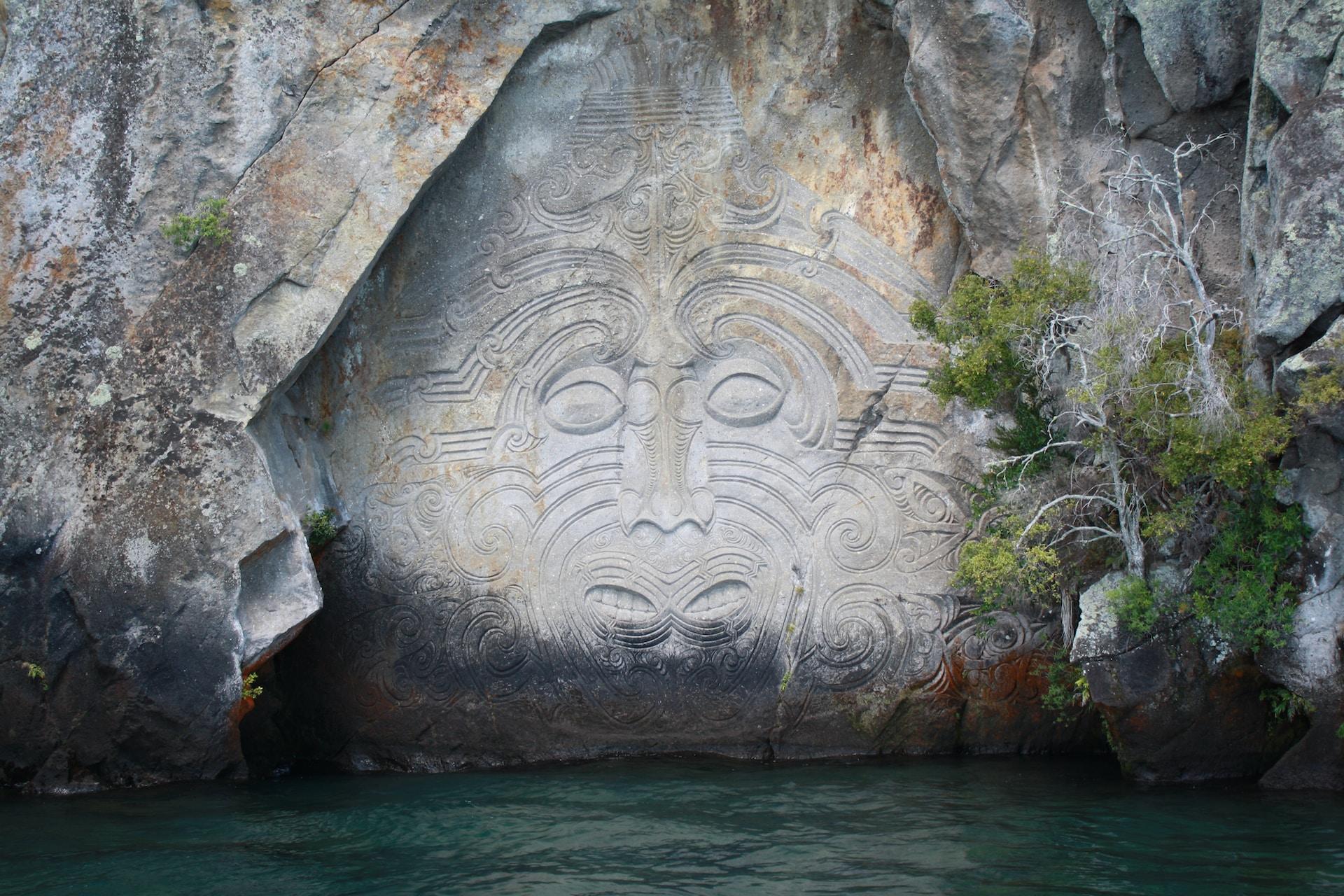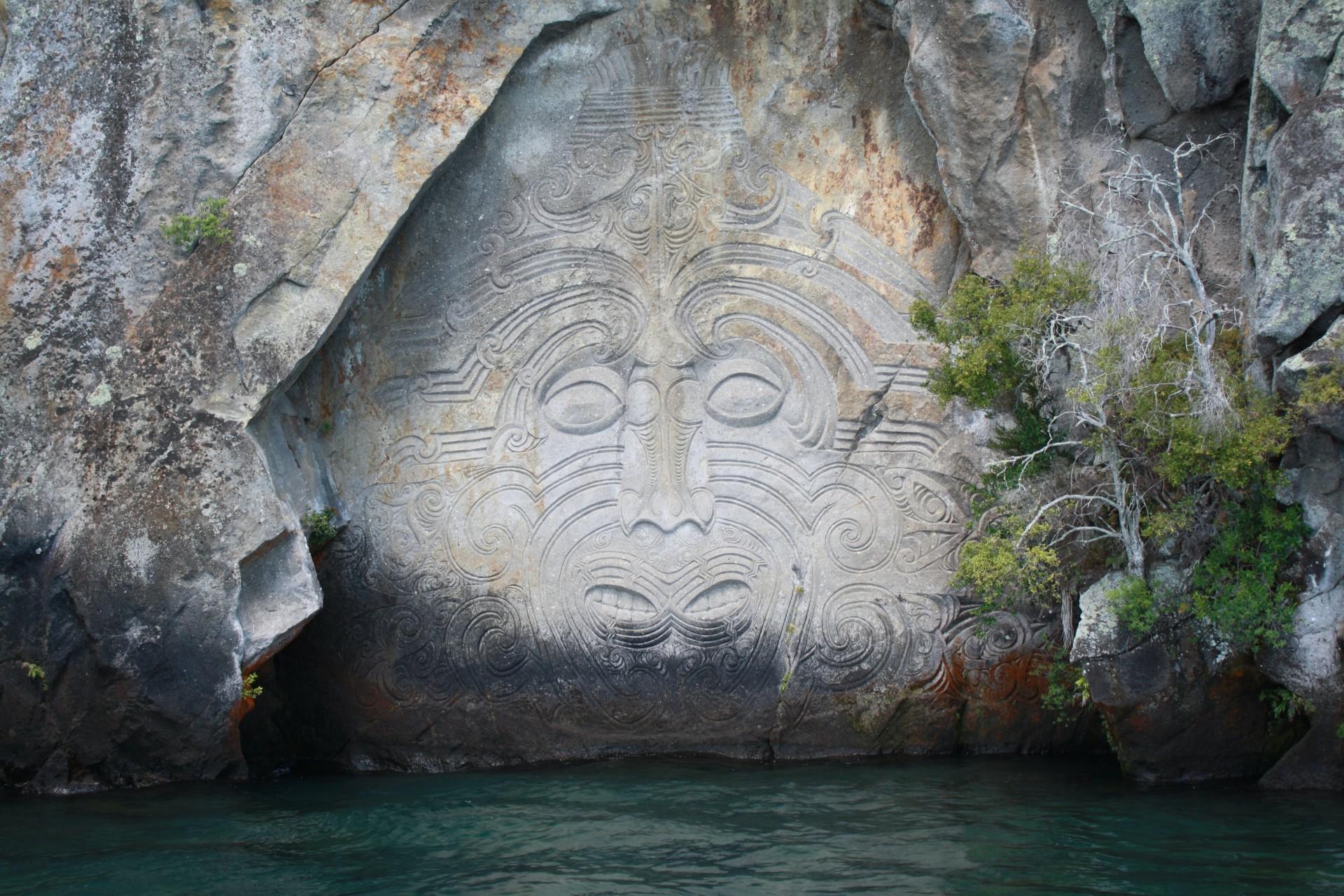You can decide to learn a new language for different reasons. It is beneficial for students because it boosts their analytical skills, logic and memory. As their level gets better, they can do practical exercises while learning new things in different areas and meeting new friends. If you want to learn to speak Maori, you can explore additional resources tailored to guide you on your language journey.
Languages are also important because they have a cultural significance. A Maori course can help New Zealand students better understand the way their ancestors thought and discover the history and traditions of their country by getting a different point of view on them.
Learning Maori can be particularly helpful to NCEA students. If you have a good level of Maori skills, you can choose NCEA Maori as your subject to get better chances to enter the New Zealand university of your choice.
What's more, some NCEA Maori standards can serve you as Literacy credits that you need to meet the Literacy and Numeracy requirement at NCEA level 1.
The NCEA has a huge significance for students' lives in New Zealand. By completing each NCEA standard they earn credits. The more Merit and Excellence credits they have, the better their chances to enter university will be.
If students select the right subjects which they feel comfortable with, they will further improve their practical and theoretical skills in their course. They will complete the NCEA standards with success and have excellent education opportunities afterwards.
When we speak about the Maori high school course, NCEA level 1 is an essential stage for students. Those who are able to meet all the external and internal Maori assessment standards in that year will certainly have the right basics to succeed at the following levels too.
In this article, we will try to understand why the NCEA level 1 Maori course is so important and what are the best ways for high school students to boost their language skills.


Is NCEA Te Reo Māori level 1 important?
When New Zealand students arrive in year 11 of school, the NCEA is a totally new experience for them. To get their end-of-school diplomas, they need to meet standards in the subjects of their choice. For completing each standard, they earn credits that are necessary to validate the year.
Each NCEA course usually includes internal assessment standards that must be completed by students during the year at their school as well as external standards are taken as end-of-year exams.
Making sense of that system and finding a way to gather the right quantity of assessment credits can already be a challenge for students. In addition to that, they need to deal with each high school course and take in plenty of new information.
Facing several challenges at the same time is not at all easy, so NCEA level 1 should not be trifled with by school students.
The Maori course can be an excellent pick for the students who like languages and humanities. They will need good logical skills to deal with the grammatical side of te reo as well as a deep understanding of history and culture to analyse the traditions related to te reo Maori.
As they acquire new abilities in year 11, students will deal with more than one NCEA assessment standard and understand how the NCEA system of credits works in general.
After that year, they will become experts in internal and external assessment tests, while their Maori credits will attest to their literacy.
When students move on to level 2 of the NCEA, they can already use their experience from the previous years to sort out their credits and plan their revision efficiently. On top of that, the Maori skills they will have acquired in year 11 serve them as a good basis for learning.
Learn why NCEA level 1 Maori is important in more detail in our article.
NCEA level 1 Te Reo Māori Past papers
As you can guess, NCEA exams are modified from one year to another, so students are very unlikely to be assigned the same tasks as their predecessors. Still, past papers are a great tool to get familiarised with the kinds of exercises that you can be given.
Still, the number of past exams you can find on the Internet is usually limited, so you should try to use them cleverly. For example, if you download the task from a previous test and simply look at the key, you may well gather some new information but it will not help you advance a lot.
By contrast, if you deal with all the assignments from the exam yourself and then check your answers with the help of the key, you will surely benefit much more.
As a result, it is advisable to start working past NCEA papers only when you have reviewed your school course and have all the necessary skills for the test.
The exam samples are an opportunity to put your abilities into practice and prepare yourself for the very particular assignment that will be part of the real end-of-year exam.
You can read more about using NCEA Maori past papers in our article.
NCEA level 1 Te Reo Māori Questions Explained
As every high school student in New Zealand must know, there are basically two kinds of assessment standards that they must complete during the year, that is to say, internal and external ones.
As you can deduce from their names, the first are held at students' schools and are normally marked by their teachers whereas the second are submitted in written form and evaluated by NZQA.
When it comes to the Maori assignments that students usually need to complete as an internal achievement standard, they tend to be less stressful than external ones because they are taken in a familiar environment. Still, they are as important.
You can get ready for an internal standard with the help of your school Maori teacher and earn Merit or even Excellence credits to improve your future education opportunities.
NCEA external assessment standards
Unlike internal standards that students complete inside their schools and that are evaluated by their teachers, external exams will be evaluated by NZQA, an organisation put in place by the Ministry of Education. Logically, external exams are usually taken in written form.
In the case of Maori, their goal is to test the students' understanding of te reo, their knowledge of history and traditions as well as their ability to express their thoughts in the language. They should do their best to develop those skills during their education in New Zealand because they will be crucial for obtaining the NCEA and University Entrance afterwards.
[caption id="attachment_38347" align="aligncenter" width="2560"]
Here are the two main types of external NCEA Maori standards, the high school student will need to complete.
There is more information on NCEA Maori standards in our article.
Understanding a written text
The first type of NCEA level 1 Maori standard is generally based on work with a text. The student will be given time to read the text, analyse its meaning and answer various questions to show how deeply they have understood the meaning.
Alongside the text, students will receive a list of the difficult words that are not included in the NCEA level 1 curriculum and they are allowed to write their responses either in Maori or in English.
Written expression
The second kind of NCEA standard is written expression. In that exam, high school students will need to write a text in the Maori language only. The exam will test their argumentation skills as well as their cultural understanding.
Schools in New Zealand usually pay a lot of attention to developing writing skills in students but if that is not sufficient, students can also write texts from time to time on their own. That way, they can deliver a truly good text in their final exam.
Demystifying the NCEA Te Reo Māori level 1 Syllabus
Nowadays, English is the first international language that is used in plenty of areas, from science to politics. However, English is still just one among many languages that also have its vocabulary, grammar and particular structure.
Learning a new language as part of your education at school can be very good for your mental skills. It will boost your analytical skills, make you more open to new ideas and improve your ability to adapt to a different way of thinking.
[caption id="attachment_38346" align="aligncenter" width="2560"]
The NCEA Level 1 Maori course in particular is a crucial stage in the learning of that language because it is when students start to use it to convey their ideas and discuss different topics related to their immediate world.
To follow the NCEA level 1 Maori course, one should have reached levels 5-6 of Maori. At that point, learners should be able to read texts, have conversations on daily topics and understand other speakers in various contexts.
The goal of the NCEA course is to improve those skills even further and expand the number of areas in which students can use te reo. Here are some examples of subjects that may be part of NCEA level 1 Maori courses as well as assessment standards:
- Speaking about myself, including my past experiences;
- House and food;
- Recipes and cooking;
- Sports or hobbies;
- Famous people.
As you can see, the year 11 course focuses on conversation themes that are related to students' immediate world so it can be interesting and inspiring for the students to discuss them.
They should move forward in their education smoothly and enjoy reading Maori texts and talking about them with other students and their teachers.
Find out more about the NCEA Maori syllabus in our article.

